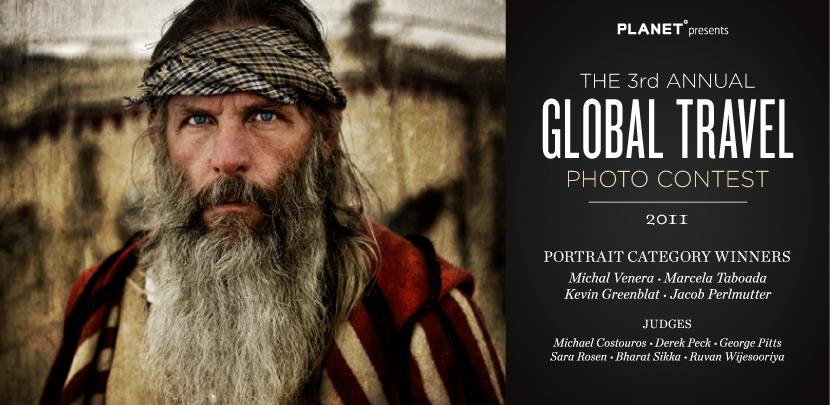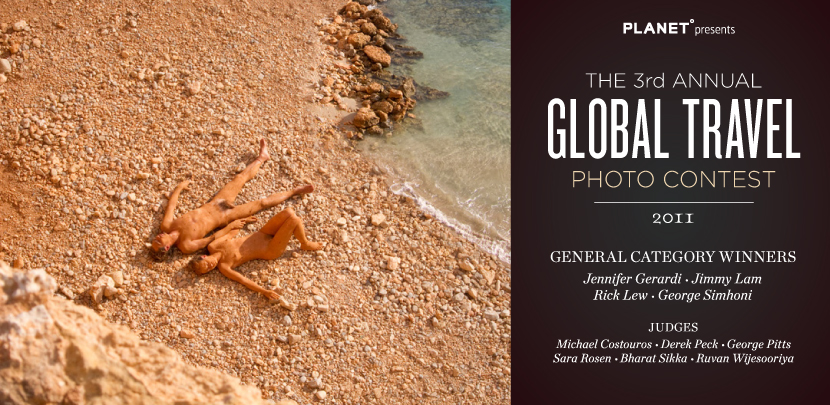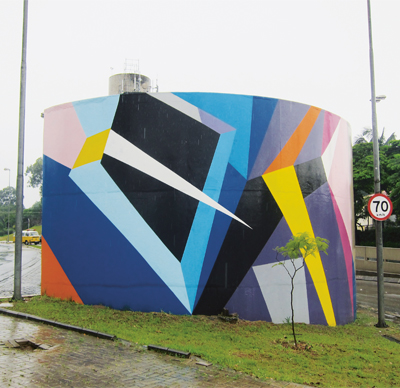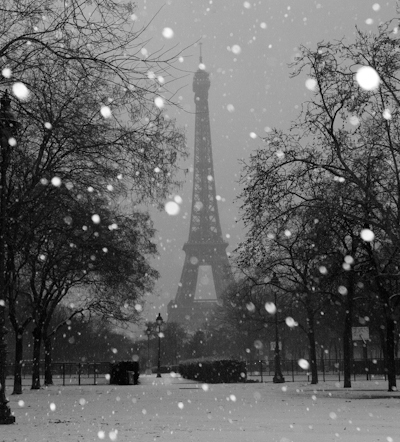
![]()
Jennifer Gerardi won Grand Prize in the general category of our 3rd annual Global Travel Photo Contest. She is a New York-based freelance photographer who works throughout the East Coast. Recently returned from six months of living in Paris, Europe’s vibrance and diversity have provided her with a renewed artistic inspiration experienced through a mélange of sights, sounds, tastes and smells. Jennifer one day hopes to photograph all seven continents with her eclectic and colorful interpretations of the chance moments and landscapes that shape our everyday lives.
Click for slideshow


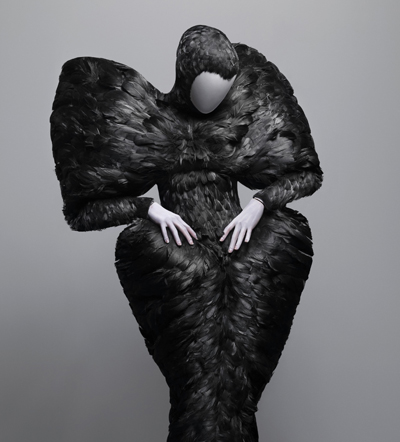
All Images Courtesy of the Metropolitan Museum of Art.
It is hard to talk of a genius to whose work you have always been attracted, and for a writer it is not easy to admit that for once, images speak louder than words. But when one comes in contact with the work of Alexander McQueen, whose untimely end last year devastated the fashion world, one has no choice but to put down the pen and just look.
The new exhibition of McQueen’s work opens tomorrow at the Metropolitan Museum of Art in New York. Curated by Andrew Bolton of the Costume Institute, this show is a comprehensive overview of McQueen’s oeuvre. It is safe to say that this time the Met has outdone itself in its ambition to give a creator his due. The show is awe-inspiring in its tremendous scope and execution. Where it truly succeeds is in its ability to show how multifaceted McQueen’s talent was. His work combined historical and social commentary, cultural criticism, and romantic fantasy. The mind-blowing complexity of the garments speaks not only of McQueen’s skills, but also of his uncompromising nature. And while I am often hesitant to say that fashion is art, in McQueen’s case this seems like an apt comparison.
Click for slideshow


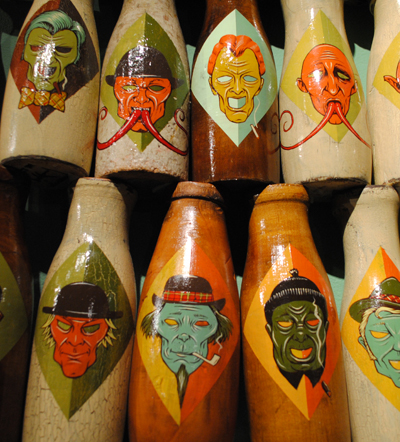
image courtesy of Steve Yennie
As a longtime fan of interactive gallery shows and general flights of the imagination, I always get excited for a Mike Shine opening. On Saturday, Shine’s third installment of his ongoing Flotsam narrative, Der Wilden Mann: THUS SPRACH FLOTSAM; METAMORPHOSIS 3 opened at Copro Gallery in Santa Monica. Outside the gallery, a band played and the line for cans of Tecate and wine served in small plastic cups hugged the right side of the ramp leading up to the entrance. Inside, the air was sharp with fresh sod and varnished wood, comforting smells that together with the honky-tonk rock music wafting in through an open window, gave the gallery a bucolic feel.
Shine is notorious for mixing it up and this show is no exception: Nordic mythology, carnival oddities, hand-painted signs and whirling wheels of fortune cover the brown and mint green walls in an impressive array of framed paintings and painted objects. At the center sits a large, Norse style longhouse (with a grass roof, the source of that wonderful earthy smell) you can enter and explore. Later, talking to Shine, he shows me a photo of close friend, skateboarding legend and filmmaker, Stacy Peralta sprawled across this very roof, laying sod.



Contrary to first impressions, Abstract Graffiti is not just another book about street art. Artist, writer and curator, Cedar Lewisohn has opted to take a rather inventive approach to the oversaturated phenomenon by delving into the art history of emerging abstract trends. Rather than rehash the evolution of graffiti, or compile a list of major players in street culture, the book takes an academic slant and “seeks to draw parallels between artists who are working in complementary ways”. Separated by various stylistic tendencies (Retro Pop, Sci-Fi Expressivism, Folk Surrealism, Recyclomaniacs), the book is far less coffee table book than it is art history primer. Dominated by interviews with artists, writers, activists and one London judge, Lewisohn concerns himself more with individuals who’ve had a pivotal or lasting impact on the abstract side of the movement, rather than any media-hyped superstars. In other words, Abstract Graffiti is more about the hows and whys, and less about the whos. Concurrently, Lewisohn isn’t shy about raising some of the tougher questions: Is graffiti still a crime? How does East and West influence style? Despite its recent spike in mainstream popularity, is street art still a form of protest? Does it belong in a museum? Can abstraction be political?

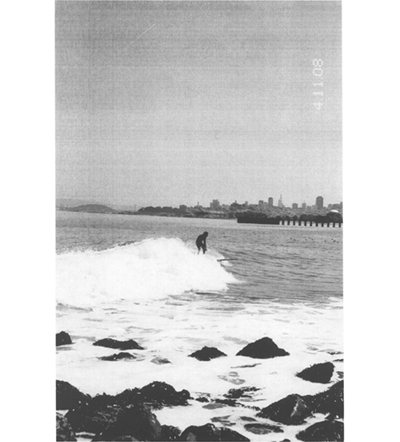
copyright Rizzoli New York
Ari Marcopoulos, the Amsterdam born, New York based photographer, has made a career out of documenting street culture around the world. His new book, Ari Marcopoulos: Directory (Rizzoli New York, $65) travels the familiar terrain of skinny adolescent bodies, skateboards, and graffiti. Speaking of which, there are so many graffiti shots in the phonebook-sized tome, that it makes even me, a seasoned New Yorker comfortable with street culture, wish we had a better sanitation department.
The book is a limited run of 2,000 copies. Each copy comes with a print (as in from a computer printer), but each is hand-signed by the photographer. The tome includes 1,200 of Marcopoulos’ recent photographs, some of which are fantastic – especially those that show the unadorned intimacy of teenagehood. Still, half way in you may get bogged down and wish for a better editing job. I don’t know what the magic number of pages is, but I don’t like it when a book becomes an exercise in page-turning.
The unexpected treat of the book is Neville Wakefield’s writing that provides commentary on some photos. He has a keen eye and a way with words. To wit, from a paragraph about an admittedly arresting photo of a wave breaking against the Hokkaido seafront, “Only the railing holds us back from its seething, roiling energy, from the suicidal beauty that is the urge to submit to such pounding violence.” I’ll drink to that.


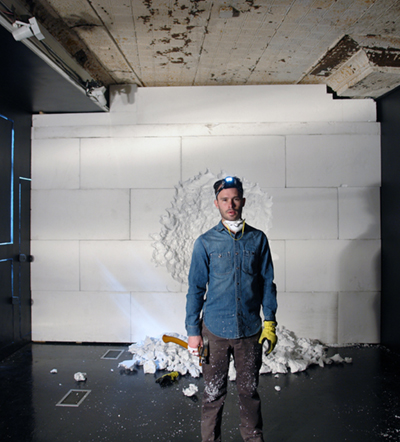
![]()
Artist Daniel Arsham and architecture collaborative Snarkitecture, comprised of Arsham and architect Alex Mustonen, whose creative practices are responsible for groundbreaking transformations in Richard Chai and Christian Dior interiors, Merce Cunningham sets, and Emmanuel Perrotin gallery spaces, now turn their attention to Storefront, March 1-April 23, for an unprecedented archaeological quarry delving deep into untapped streams of process and form. Picture a NASA mission spelunking through Hoth. The backdrop might resemble Dig.
Exploring a discourse of precision and looseness, Dig unfolds in 3 segments, the final in which Snarkitecture create and inhabit the exhibition. From March 29-April 4 Storefront will be transformed into a deep façade filled with EPS industrial foam. From April 5-23 the public will be invited to view Arsham removing pieces from solid white infill, carving tunnels, crevices, and peepholes. In this final stage, Dig will become accessible to the public through rotating doors acting as windows on the site’s exterior, and by appointment through navigable passages that Arsham has excavated. On April 23 the public will be able to enter Storefront for the closing reception at 7pm.

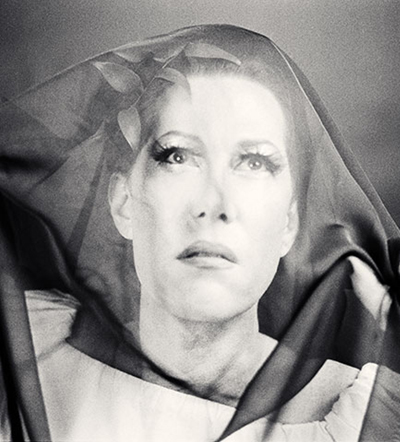
Justin Bond Photography by Ioulex
From my regular column in AnOther magazine.
It looks like another one of the city’s shadowy artistic demoiselles is about to take a turn in the limelight. If anyone is the talk of New York City at the moment it is Justin Bond. A tall, blond, transgender cabaret signer, Bond worked his way up through the San Francisco and New York performance undergrounds as part of a duo lounge act called Kiki and Herb. The act, which centered around Bond’s character Kiki, an aging, bitter, alcoholic singer who was as poignant, raucous and funny as she was tragic, developed a cult and critical following which led them to Carnegie Hall and a stint on Broadway, earning Bond a Tony nomination. Now he has a much-awaited debut album coming out tomorrow, and he’ll be performing his new solo show at the Bowery Ballroom to celebrate. Recently, Bond received a glowing critique in The New Yorker that called him the greatest cabaret artist of his generation. His act is witty, raunchy, confessional, political, and redemptive – just like good cabaret ought to be. It’s also full of personal tales of life, love, art, and identity that speak to the struggles of becoming fully human in this world, particularly if it’s not clear what invisible box you fit into, and that offer a cathartic peace and connection to many in the crowd. Last week, just a few days ahead of the release and show, I was able to ask Justin a few questions.

Click for Slideshow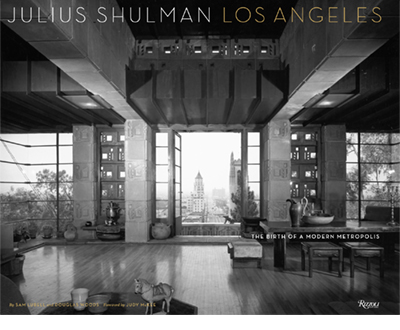
![]()
![]()
Julius Shulman is famous for supremely elegant architectural photographs of California houses by modern masters like John Lautner, Oskar Schindler, and Charles and Rae Eames. But a new book, “Los Angeles: The Birth of a Modern Metropolis,” which showcases his personal and editorial work from the 1930’s through the 1960’s, features shots of less exalted buildings, as well as panoramas taken in and around LA. Another side of the photographer emerges, one that’s interested in the texture of the evolving city. His landscape photos are especially revealing, showing a metropolis emerging bit-by-bit as outlying farmlands and fields are given over to new school campuses, industrial complexes, and residential subdivisions.
Whatever he’s photographing– a high school gymnasium, an assembly line, or a farm– Shulman composes the frame with the same forceful diagonal sight lines he uses in his architectural photos, lines that pull a viewer right in. That he’s able to structure views of everyday buildings like gas stations, car dealerships and diners in this manner is skillful. That he’s able to structure streetscapes and landscapes this way is remarkable. His forceful perspectives give even the broadest, most diffuse views a pointed, cinematic allure, one that’s entirely fitting given the business of the city.






 Facebook
Facebook Permalink
Permalink Digg
Digg Reddit
Reddit LinkedIn
LinkedIn StumbleUpon
StumbleUpon Tumblr
Tumblr